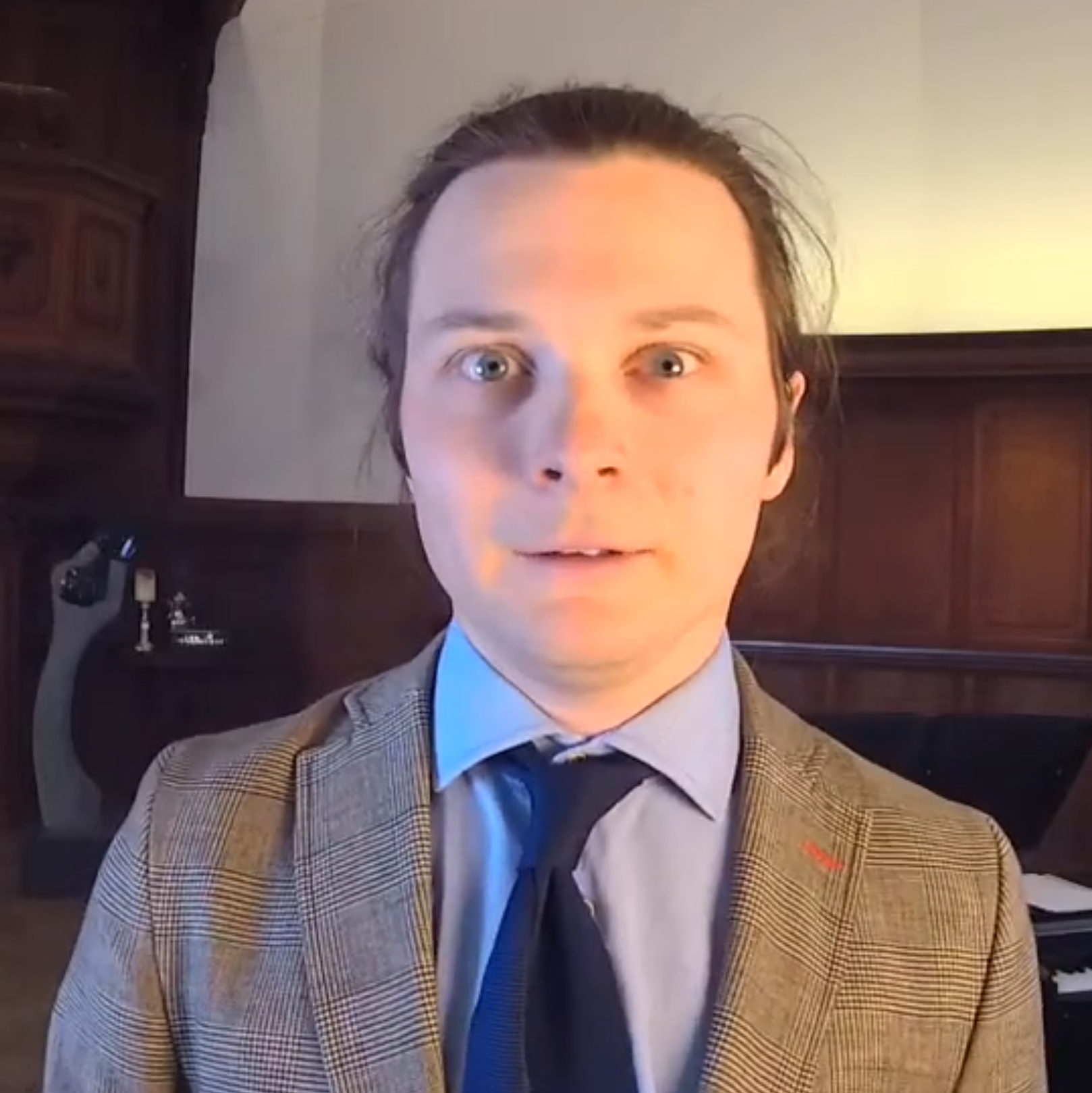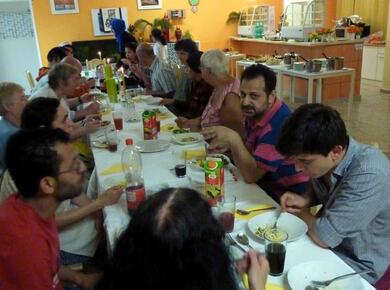Posted: May 3, 2021
Perspectives: Germany
Interreligious work in Berlin, Germany
Followers of other religious paths are often called “strangers,” but living in Berlin, Germany, that never feels right. Of course, “their” lives are in some sense strange to “us,” gathering as they do around different stories, with different songs and often on a different day of the week than our Sunday worship. Yet living in this city – as in many places the world over – these “strangers” are too close, encounter and relationship across such boundaries too everyday an occurrence, for this strangeness to persist.
This is not always easy. Our old neighborhood of Neukoelln is a microcosm of such conviviality in all its ambiguity.
Past and present
This ambiguity is as close as a walk around our block. It takes you past the migrant-run shops and eateries that still survive amid ongoing gentrification, and past the expensive cafés and bars eager to supplant them. It takes you past an impressive mosque and a bright Hindu temple, but also a former synagogue, an eerie reminder of how much Jewish life there once was in this city.
In this place, hope for togetherness in the present is always haunted by the suffering of the past, which is never truly in the past. Before many homes in Berlin, there are Stolpersteine: commemorative metal cobblestones to mark the dwellings of those murdered by the Nazi regime.
Next to the Hindu temple is the Neue Welt, once a popular gathering place for workers’ meetings organizing resistance to World War I.
The main building of the Şehitlik mosque is recent, but this Muslim presence here predates the German state. The mosque still deals with xenophobic attacks on a regular basis. It stands at the edge of the Tempelhof airport, which was built by the National Socialist regime, became a lifeline for an isolated West Berlin during the Cold War, and has now been reborn as a large green space where people fly kites, grow vegetables and play football. Refugees live in its terminal building.
This is a city at once old and new, alive with hope and perpetually in mourning. Here, I am reminded that the borders erected, and the stories told to separate “us” from “them,” those who belong from those who do not, can have lethal consequences.
New life from a grave history
For years, this is where the Berlin Mennonite Peace Centre did its work, guided simply by asking what the Kingdom of God could mean in such a place. Early on, it became clear that this must include creating spaces for interreligious encounter and fellowship. And as we met with activists, faith leaders and social workers, we marvelled at the unanticipated newness of life that continuously emerged from our work together amid the grave history of this city.
When we work for peace, we always do so in the middle of everything that has happened before. There is never quite the fresh start that we might want. The “religious other” can never be approached simply as “other” without an appreciation for the historical mess of borrowings, togetherness and violence that are already in our shared history.
It is often assumed that either all or most religious paths are the same, or they are irreconcilably different. Yet, neither approach quite addresses the historical and contemporary messiness and ambiguity of actual life.
Listening and witnessing
In our Christian-Muslim conversation group in Neukoelln, we settled into a habit of listening and witnessing, allowing the witness of the other to challenge us in our own faith.
Doing so, we quickly found our paths were far from fundamentally the same. There was too much difference there; our stories and traditions and our encounters with God were too particular, too much ours.
Yet that particularity did not inhibit our conversations, but made them come alive. My personal appreciation for the Trinity and the Incarnation – but also my fascination for the rabbi Jesus and his way of peace – have only deepened by being questioned and challenged by the questions and witness of my Muslim friends.
But as we ate together and shared stories of faith and life and community, assertions of clear-cut difference also began to waver. We realized that Christians and Muslims never formed homogeneous bodies: we often disagreed with our “fellows” more vehemently than with the “others.”
Something grew between us that cannot really be described as agreement or commonality but was also more than a mere respect in difference: relationship, community. Perhaps what we experienced is not so far removed from that odd Kingdom of outsiders and unexpected dinner parties (Luke 14:15-24) to which Jesus of Nazareth calls us.
 —Marius van Hoogstraten serves as pastor in the Hamburg Mennonite congregation. He worked with the Berlin Mennonite Peace Centre 2011-2016.
—Marius van Hoogstraten serves as pastor in the Hamburg Mennonite congregation. He worked with the Berlin Mennonite Peace Centre 2011-2016.
Learn more: www.menno-friedenszentrum.de
This article first appeared in Courier/Correo/Courrier April 2021.
Este artículo apareció por primera vez en Correo en abril de 2021.
Cet article est paru pour la première fois dans le numéro d’avril 2021 de Courier/Correo/Courrier.
| Sign up to receive Courier in print or via email |
| Suscríbase para recibir la revista Correo en versión impresa o digital |
| S’abonner à Courrier version papier ou numérique |


Join the Conversation on Social Media
FacebookTwitterInstagramFlickrYouTube